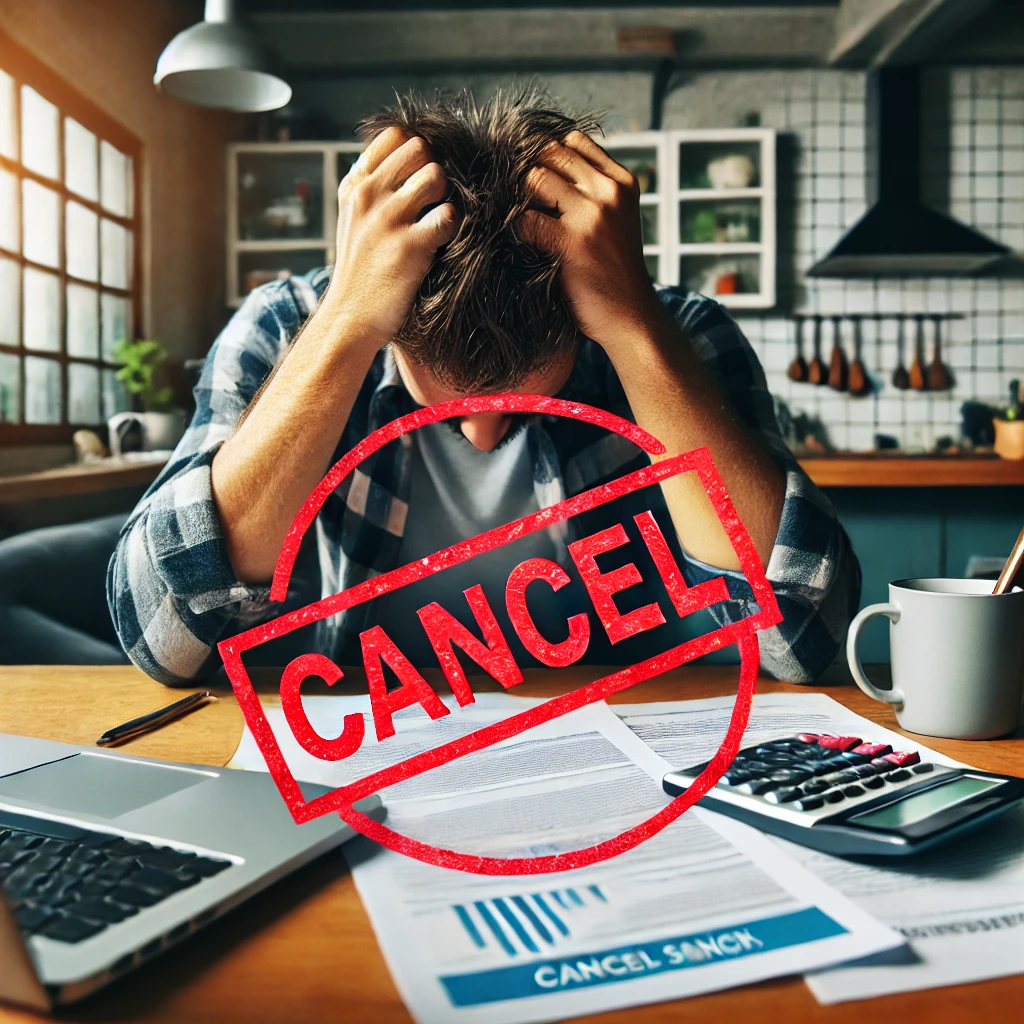Top 10 Reasons Roofing Insurance Claims Are Denied (And How to Avoid Them)
When your roof suffers damage, filing an insurance claim can feel like the logical next step. Unfortunately, many homeowners find their claims denied due to various reasons—some avoidable with the right preparation. Understanding these pitfalls can help you secure the coverage you deserve while protecting your most valuable investment: your home.
Here are the top 10 reasons roofing insurance claims are denied and tips on how to avoid them:
1. Lack of Proper Documentation
Insurance companies require detailed documentation to process claims. Without clear evidence of the damage, such as photos, repair estimates, or inspection reports, your claim may be denied.
How to Avoid It: Document everything thoroughly. Take clear, timestamped photos of your roof before and after the damage. Keep all related receipts and correspondence with roofing contractors.
2. Damage Is Deemed Normal Wear and Tear (Yeah right)
Insurance policies typically cover sudden and accidental damage, not issues resulting from age or lack of maintenance.
How to Avoid It: Schedule regular roof inspections and maintenance. Keeping your roof in good condition strengthens your claim that damage was caused by an unexpected event.
3. Failure to File the Claim on Time
Most insurance policies have strict deadlines for filing claims. Waiting too long can result in an automatic denial. If you’re unsure about your policy’s timeline or requirements, contact us for a free review and guidance.
How to Avoid It: Act quickly after damage occurs. Familiarize yourself with your policy’s claim timeline and contact your insurance provider immediately.
4. Pre-Existing Damage
If the insurer determines the damage was present before the incident, your claim may be denied.
How to Avoid It: Obtain a professional roof inspection before purchasing a policy. This establishes a baseline condition for your roof, making it easier to prove new damage.
5. Policy Exclusions
Insurance policies often have exclusions for certain types of damage, such as those caused by flooding, earthquakes, or mold. We go through the insurance language a little more in THIS blog post.
How to Avoid It: Review your policy thoroughly. If necessary, purchase additional coverage for risks specific to your area.
6. Insufficient Coverage
Sometimes, the cost of repairing or replacing your roof exceeds your policy’s coverage limits. Additionally, many policies do not include ordinance or law coverage, which is essential for compliance with updated building codes or regulations. Without this, you may have to cover necessary upgrades out of pocket.
How to Avoid It: Update your policy regularly to ensure it reflects the current value of your home and roof. Consider endorsements or riders for additional coverage.
7. Neglecting to Mitigate Damage
Insurance companies expect homeowners to take reasonable steps to prevent further damage after an incident.
How to Avoid It: Cover damaged areas with tarps or temporary repairs immediately after the damage occurs. Document these efforts to show the insurer you took action.
8. Disputes Over the Cause of Damage
Insurers may argue the damage was not caused by a covered event, such as a storm, but by other factors like poor installation.
How to Avoid It: Work with a reputable roofing contractor who can provide a professional assessment and advocate on your behalf.
9. Incomplete or Incorrect Paperwork
Simple errors, such as missing forms or incorrect information, can derail your claim. See how the correct paperwork can help in THIS example of one of our MANY successful claims!
How to Avoid It: Double-check all paperwork before submitting it. Don’t hesitate to ask your insurance agent for guidance.
10. Unlicensed or Unauthorized Repairs
Using unlicensed contractors or making repairs before the insurer’s inspection can lead to a denied claim.
How to Avoid It: Always use licensed and insured roofing professionals. Wait for your insurer’s approval before proceeding with major repairs.
The Bottom Line
Navigating the insurance claims process can be tricky, but avoiding these common mistakes will increase your chances of approval. The best way to prepare for the unexpected is to be proactive. Regular roof maintenance, clear documentation, and working with trusted professionals can make all the difference.
If your roof has suffered damage, don’t wait. Contact us today for a free inspection and professional guidance through the claims process. We’re here to help you protect your home and get the roof you deserve.
Check Us Out Here:

